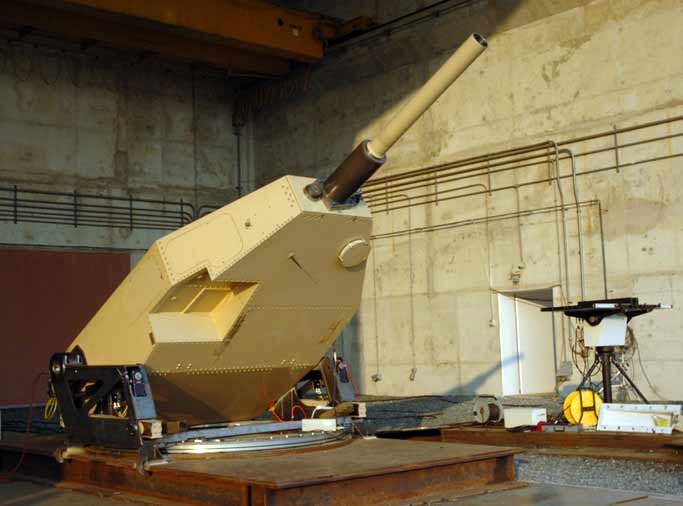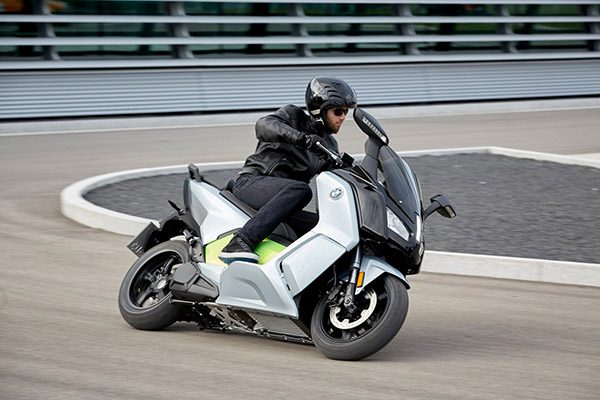
Fight for distance
Older than the internal combustion engine since its first applications appeared in the XNUMXs, the electric car drive has been enjoying a renaissance in recent years.
True, skeptics say that just because of the rise in liquid fuel prices, it is impossible not to notice the huge technological advances that electric motorization has made in recent times. The environmental values of electric vehicles are also becoming increasingly important.
Electric motors are certainly not new or rare. We deal with them every day, in washing machines, drills, toys, various machines and devices that surround us from everywhere. On the road, however, it is still a rare, less common solution, often considered expensive and cumbersome to operate due to short range per charge and lack of energy infrastructure.
In addition to electric vehicles, hybrids have hit the roads, i.e. vehicles with both an electric motor and an internal combustion engine, among which the Toyota Prius is probably the most famous model in Poland. This text will focus on fully electric cars, which today are Tesla, Nissan Leaf(1), BMW ActiveE, Ford Focus Electric, Ford Transit Connect Electric, Honda Fit EV, Mitsubishi i-MiEV.
But let's start with the basics, i.e. with ?
– principles of operation of the electric drive
The basic electric motor works thanks to three components. These are magnets, a rotor and a commutator placed on it. The rotor is made of several coils located at different angles to each other. This allows the rotor to rotate smoothly. The commutator, in turn, is responsible for the flow of current in subsequent coils. It consists of a series of metal plates separated by an insulator (2).
As a model, an electric motor should have at least two permanent magnets with opposite poles facing each other. Between them is a rotor. Electric current is connected to the system through the so-called brushes, which are in contact with two opposite surfaces of the commutator, supply current to one of the coils (3). Coils, thanks to physical phenomena discovered by Faraday and Maxwell, generate a magnetic field that counteracts the magnetic field of permanent magnets. The opposing forces turn the rotor, which in turn causes the commutator to rotate, and another cycle of current flow begins, inducing the field, opposing the magnets, rotating the rotor, commutator, etc. It can be said that the motor is running because the current flows and the current leaking because the engine is running.
The rotation of the motor shaft is converted into the rotation of the drive shaft of the device, including the car. That's all that concerns the principle of operation of the electric drive. Of course, today this technology is significantly improved and modified.
For example, collector motors are abandoned due to the fact that they wear out quickly, i.e. require more frequent maintenance and repair. A brushless motor is designed similarly to a brushed motor, it consists of magnets, coils and a commutator, but here the coils are stationary inside the housing, and the magnets are placed on the rotor. The commutator is electronically controlled. Although the brushless motor is more efficient, due to the complex design of the commutator drivers, it is more expensive than the traditional one.
You will find the continuation of this article in the April issue of the magazine
#Minimalist Life Personal electric helicopter for one person from Hirobo Japan # #Helicopter
zp8497586rq

